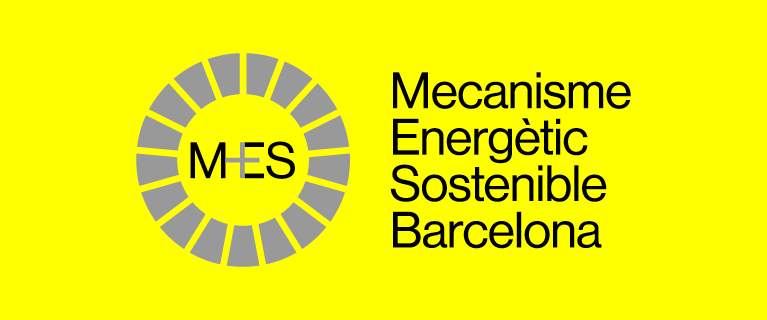Zoo adapts to high temperatures, reduces its water consumption
The zookeepers are taking extraordinary measures to ensure the health and welfare of the animals during periods of extreme heat. These include refilling their water troughs more frequently and preparing ice treats adapted to each species' diet. Various water control and conservation measures have also been continued.

To ensure proper hydration, more water troughs have been added to the animal enclosures and fresh water is provided more frequently. The zookeepers have also stepped up their schedule for cleaning and replenishing the bathing areas and mud pits.
Other species-specific measures are also being taken, such as showering the animals with hoses or sprinklers, and turning on fans in indoor areas. Food is provided in the form of frozen fruit and broth and fruit juice ice treats for primates, ice blocks with fruit for giraffes and worm slushies for mongooses and meerkats.
Water conservation
At the same time, the Zoo has reduced its water consumption. Measures have included the installation of a water use and leakage monitoring system, drip irrigation and the introduction of low water use vegetation. This has reduced daily water consumption from 1,500 m3 in 2018 to the current 900 m3.
In recent months, the Zoo has also been involved in a project funded by the European Union through the LIFE programme. It will include a pilot water reclamation plant using plants and microorganisms as natural purification systems for the water used to clean the facilities. The plant is expected to be operational by the summer of 2025 and will cost €2.7 million.






